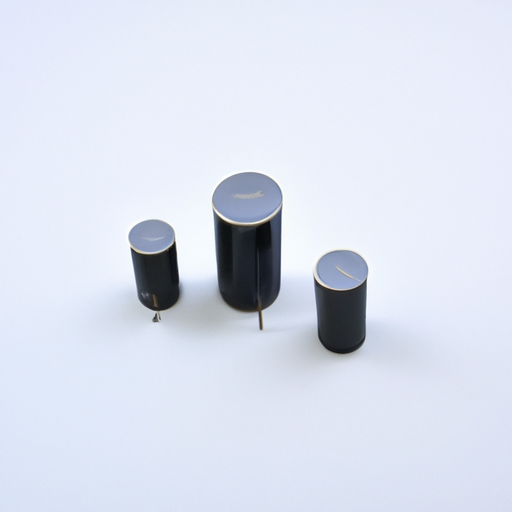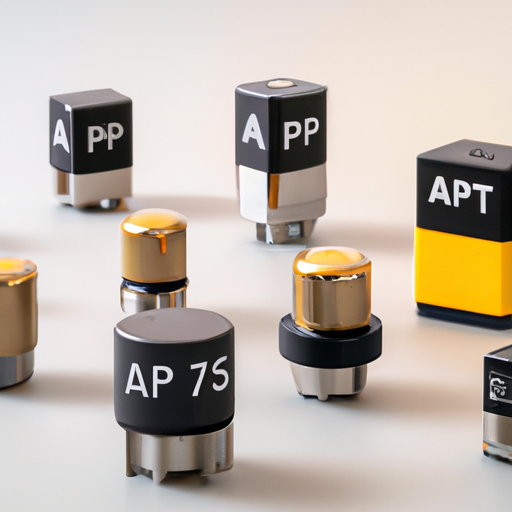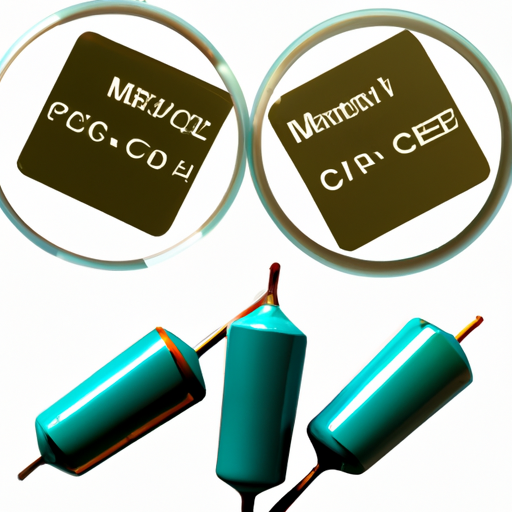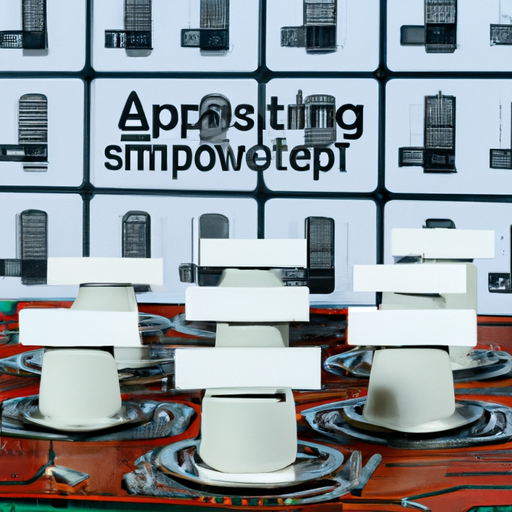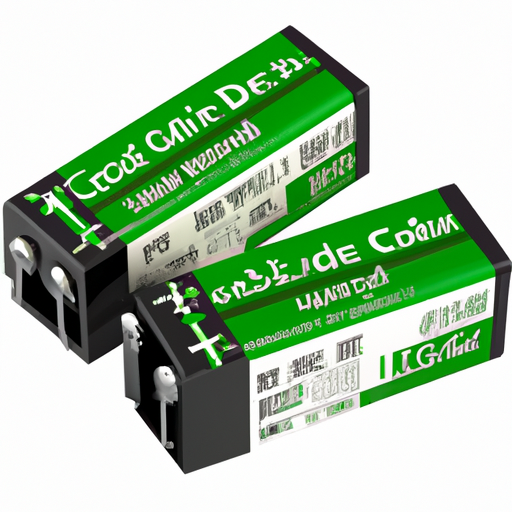MM74HC393N Thin Film Capacitors highlighting the core functional technology articles and application development cases of Thin Film Capacitors that are effective.
Core Functional Technologies of Thin Film Capacitors
1. High Dielectric Constant Materials: Thin film capacitors leverage materials with high dielectric constants, such as tantalum oxide and high-k dielectrics, which allow for miniaturization without sacrificing capacitance. This is particularly advantageous in applications where PCB real estate is at a premium.
2. Low Equivalent Series Resistance (ESR): The low ESR characteristic of thin film capacitors is crucial for high-frequency applications, as it reduces energy losses and enhances circuit efficiency. This property is especially important in power management and RF applications where signal integrity is paramount.
3. Temperature Stability: Thin film capacitors are engineered to maintain stable capacitance across a wide temperature range, making them suitable for use in environments with fluctuating temperatures, such as automotive and industrial applications.
4. High Voltage Ratings: The thin film technology enables the production of capacitors that can withstand high voltages, which is essential for applications in power electronics, RF amplifiers, and other high-voltage circuits.
5. Integration with ICs: The ability to integrate thin film capacitors directly onto semiconductor substrates allows for compact designs and improved performance in integrated circuits. This integration is particularly beneficial in high-density applications like mobile devices and IoT sensors.
Application Development Cases
1. RF and Microwave Applications: Thin film capacitors are integral to RF and microwave circuits, where they are used in tuning circuits, filters, and oscillators. Their low loss characteristics ensure minimal signal degradation, which is critical for maintaining signal fidelity in communication systems.
2. Power Electronics: In power supply circuits, thin film capacitors serve as decoupling and filtering components. Their capability to handle high ripple currents and voltages makes them ideal for applications in DC-DC converters, inverters, and power factor correction circuits.
3. Consumer Electronics: Thin film capacitors are prevalent in consumer electronics, such as smartphones, tablets, and laptops. They are used for decoupling power supplies and providing energy storage in compact designs, contributing to the overall efficiency and performance of these devices.
4. Automotive Applications: With the increasing complexity of automotive electronics, including electric vehicles and advanced driver-assistance systems (ADAS), thin film capacitors are utilized for energy storage, filtering, and signal processing. Their reliability and performance in harsh conditions make them suitable for critical automotive applications.
5. Medical Devices: In the medical field, thin film capacitors are employed in devices that require high reliability and precision, such as imaging systems (MRI, ultrasound) and diagnostic equipment. Their stability and performance are crucial for ensuring accurate readings and patient safety.
6. Telecommunications: Thin film capacitors play a vital role in telecommunications equipment, where they are used in signal processing and filtering applications. Their ability to maintain performance under varying conditions ensures high-quality data transmission and reception.
Conclusion
Thin film capacitors represent a significant advancement in capacitor technology, offering high performance, compact size, and versatility across various applications. Their integration with digital circuits, such as those utilizing the MM74HC393N dual 4-bit binary ripple counter, enhances the functionality and efficiency of electronic systems. As technology continues to evolve, the demand for thin film capacitors in emerging applications—such as 5G telecommunications, electric vehicles, and advanced medical devices—will likely grow, driving further innovation in this field. The ongoing development of new materials and manufacturing techniques will continue to expand the capabilities and applications of thin film capacitors, solidifying their role in the future of electronics.

